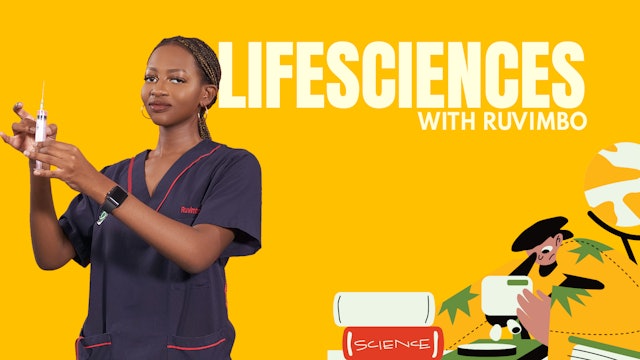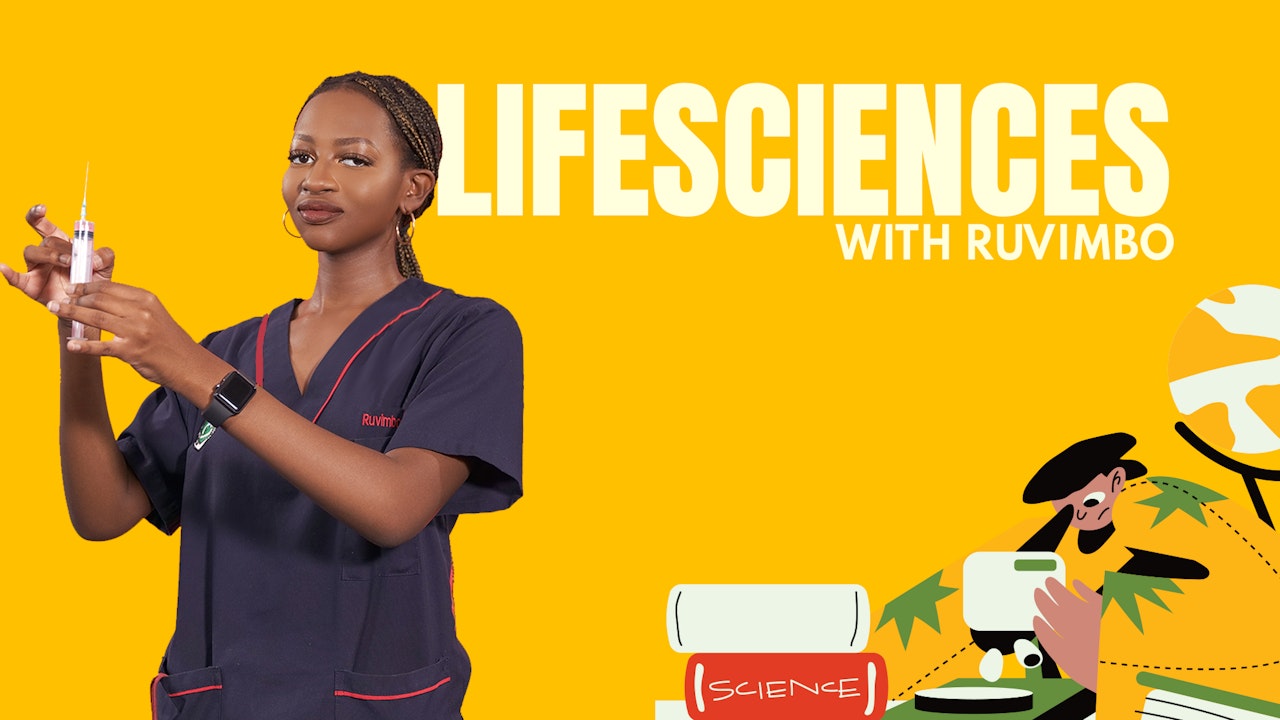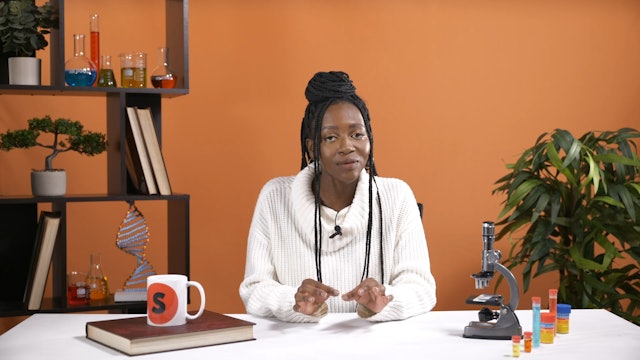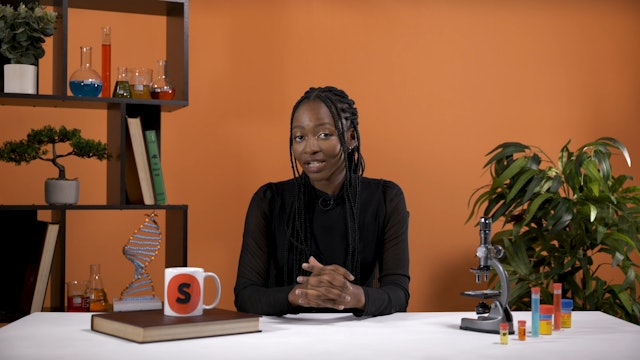Grade 12 Life Sciences
4 Seasons
Grade 12 Life Sciences covers a range of biological concepts and processes and covers topics such as Meiosis, Reproduction in Vertebrates, Human Reproduction, Responding to the Environment (Humans), Human Endocrine System, Homeostasis in Humans, Responding to the Environment (Plants), Human Impact on Environment and DNA: Code of Life, Meiosis, Genetics and Inheritance, Evolution to prepare you for your final examinations.
-
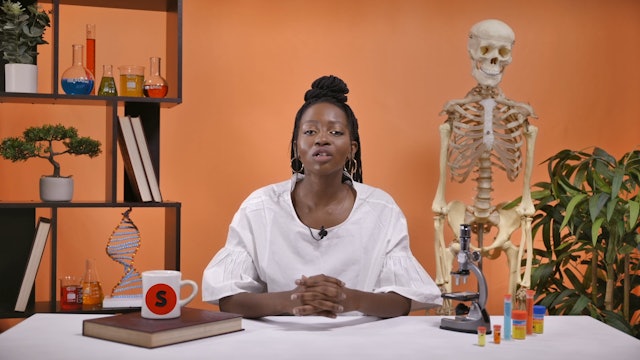 12:49Episode 1
12:49Episode 1The Endocrine system
Episode 1
In this lesson, we unpack the endocrine system and the different components that make this system able to achieve homeostasis.
-
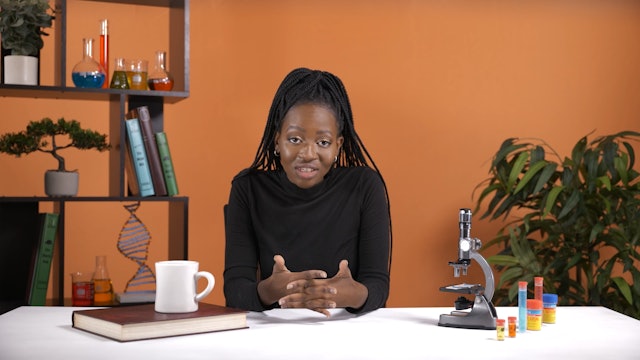 11:29Episode 2
11:29Episode 2Negative feedback mechanism
Episode 2
The endocrine system has a negative and positive feedback mechanism to help it achieve the balance of homeostasis. In this lesson, we look into how this type of regulation keeps the body in balance around the set body’s set points.
-
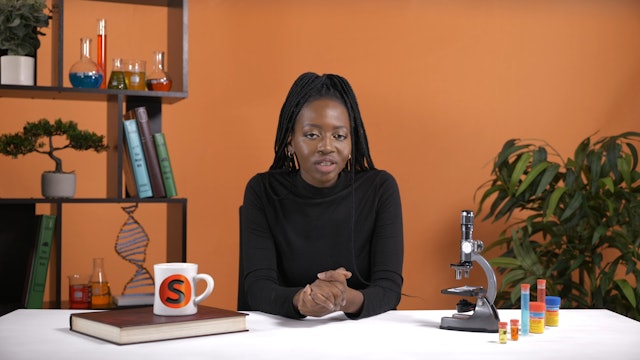 10:03Episode 3
10:03Episode 3Homeostasis in humans
Episode 3
Homeostasis is about maintaining the internal environment of the body. This balance is achieved through a number of mechanisms and hormones. In this lesson, we look at all the ways in which homeostasis is achieved in the body.
-
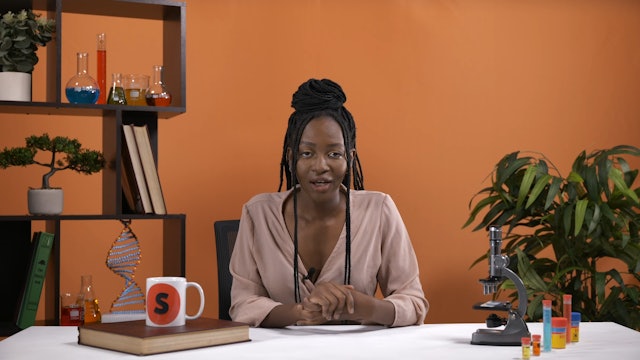 11:47Episode 4
11:47Episode 4Thermoregulation: Skin
Episode 4
The skin is the largest organ of the body and is therefore a key player in maintaining homeostasis. In this lesson, we look at homeostasis through thermoregulation and how the skin works with other structures to control our internal temperatures.
-
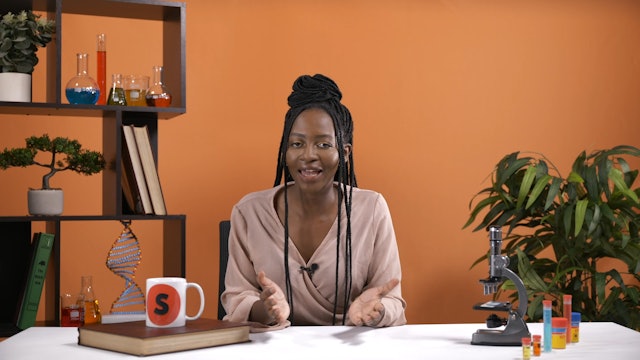 09:25Episode 5
09:25Episode 5Hormones in plants
Episode 5
Plants have hormones that stimulate their processes of life. In this lesson, we take a detailed look at these hormones and their functions
-
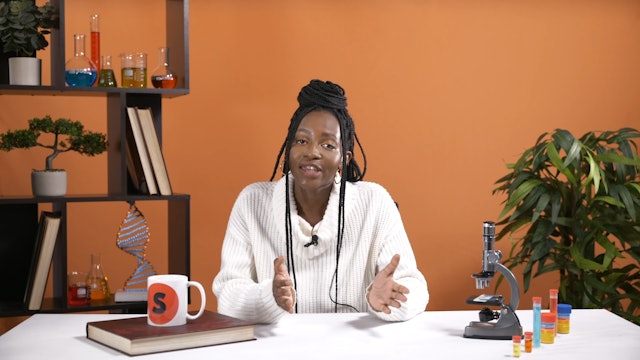 06:35Episode 6
06:35Episode 6Plant defence mechanism
Episode 6
In the lesson, we take an in-depth look at how plants protect themselves from the environment and predators. We unpack the range of adaptations these plants have as defence mechanisms.
-
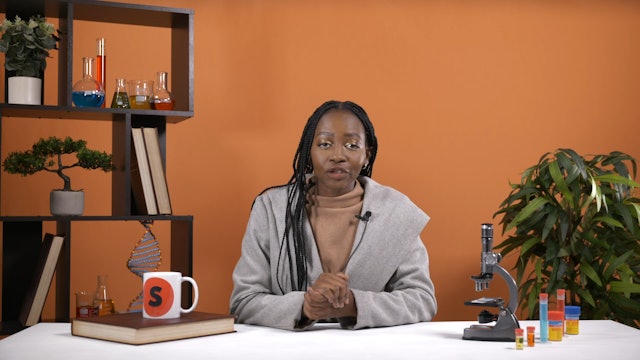 13:09Episode 8
13:09Episode 8Evolution by Natural Selection
Episode 8
In this lesson, we take an in-depth look at natural selection and the theories proposed by Charles Darwin and Jean-Baptiste Lamarck on how species have evolved.
-
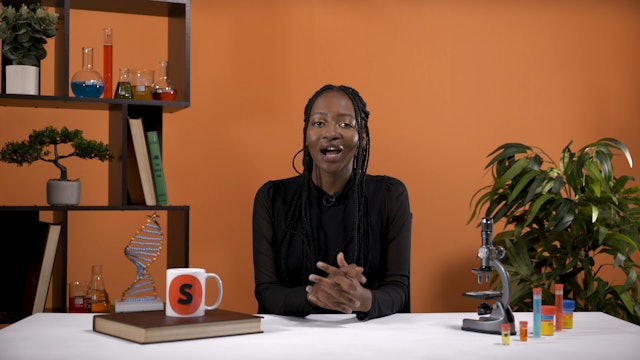 11:57Episode 10
11:57Episode 10Evolution by natural selection
Episode 10
In this lesson, we will look at the theory of punctuated equilibrium proposed by Niles Aldridge ad Stephen Gould. We also unpack the types of speciation and reproductive isolation.
-
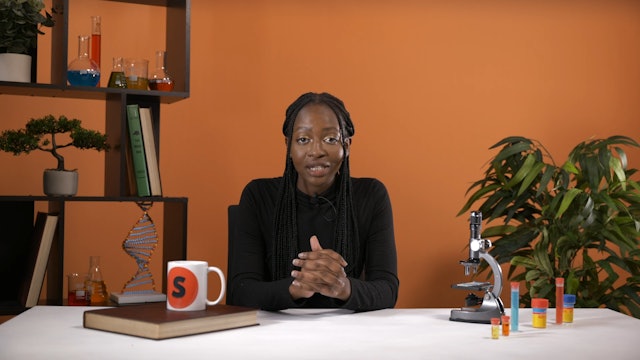 13:38Episode 11
13:38Episode 11Human Evolution
Episode 11
-
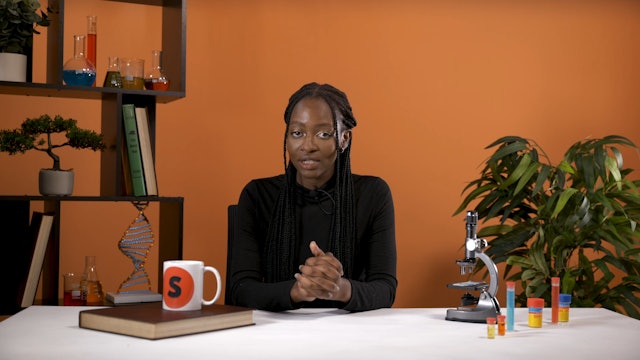 12:40Episode 12
12:40Episode 12The cradle of humankind
Episode 12

